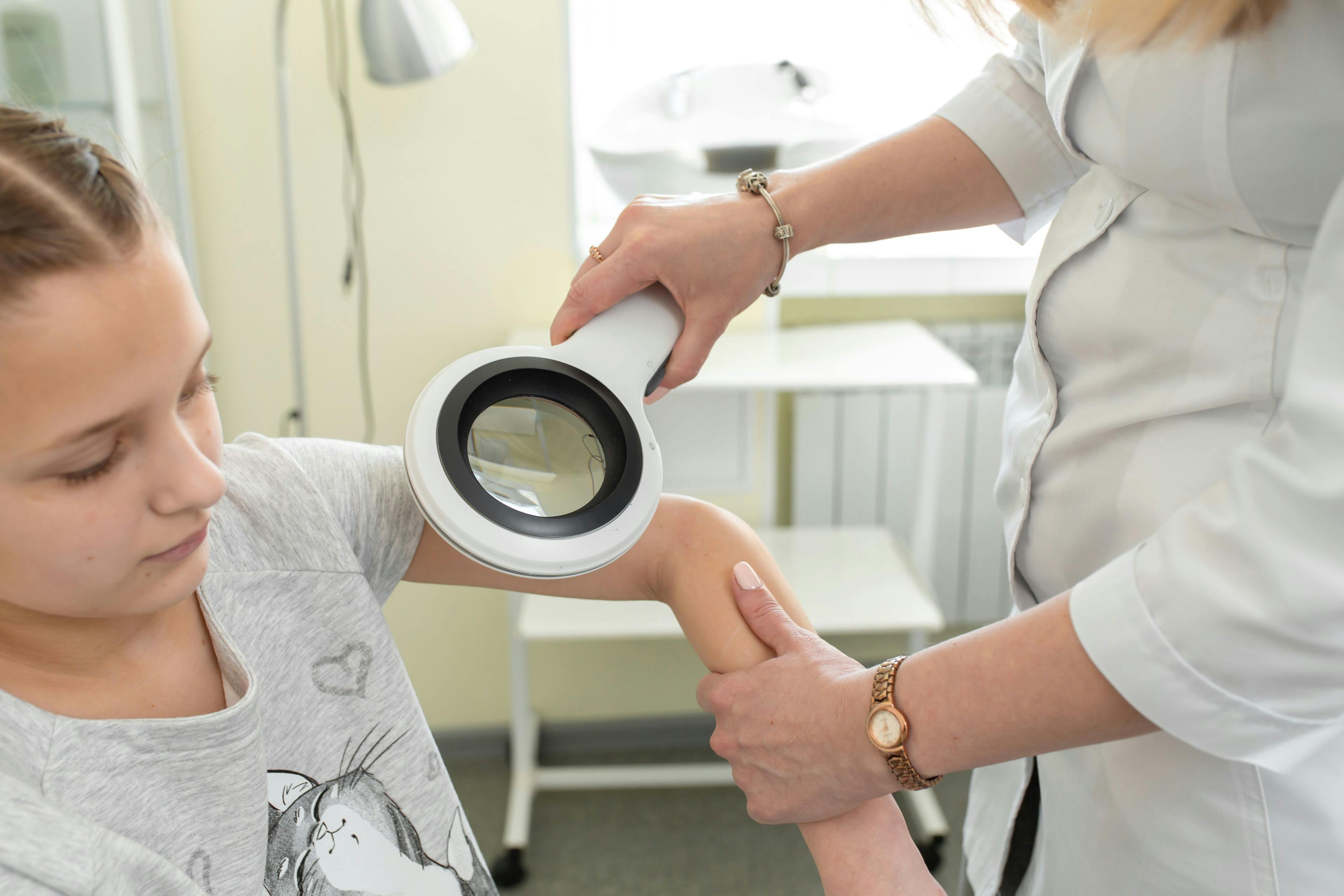- Acne
- Actinic Keratosis
- Aesthetics
- Alopecia
- Atopic Dermatitis
- Buy-and-Bill
- COVID-19
- Case-Based Roundtable
- Chronic Hand Eczema
- Chronic Spontaneous Urticaria
- Drug Watch
- Eczema
- General Dermatology
- Hidradenitis Suppurativa
- Melasma
- NP and PA
- Pediatric Dermatology
- Pigmentary Disorders
- Practice Management
- Precision Medicine and Biologics
- Prurigo Nodularis
- Psoriasis
- Psoriatic Arthritis
- Rare Disease
- Rosacea
- Skin Cancer
- Vitiligo
- Wound Care
Publication
Article
Dermatology Times
Legal Eagle: Will OSHA Regulations Require Significant Changes in Running an Office?
Author(s):
Physicians have an obligation to create a hazard-free workplace, but the question is what legally constitutes a hazard?
Sarah Doe is a secretary at Dr Yes’ practice. As 1 of 5 secretaries who work on the practice’s computers, she is the most proficient in electronic medical records and works on the computer incessantly. Recently, she developed increasing pain in her wrist. After a medical examination, she received a diagnosis of carpal tunnel syndrome.
Yes explains to her that, as head of a small practice, he cannot afford to make such wholesale changes in the office. She responds by threatening to sue him for not complying with Occupational Safety and Health Administration (OSHA) regulations. He asks her, in the economically difficult times of the pandemic, if she can be “reasonable”. She refuses to change her stance.
OSHA published “ergonomic suggestions” some 20 years ago. The aim was to reduce musculoskeletal disorders (MSD) in the workplace. These requirements state that all employers must determine whether work-related injuries meet the specific criteria for MSD. If an MSD injury occurs, OSHA requires employers to implement immediate remedies depending on the level of risk factors on the job as determined by specific screening tools.
The significant relevant regulations:
- apply to all general industry employers, including physician offices;
- provide a short minimum period during which full pay and benefits must be continued after an injury;
- provide a 2-page checklist for determining whether a work-related MSD required action by the employer; and
- require that covered employers distribute information to employees and receive and respond to reports of injuries.
These regulations were consistent with findings reported by the National Research Council and the Institute of Medicine. Although not directly supporting OSHA’s approach with its ergonomic rules, the report did state that some elements of the regulations would likely alleviate musculoskeletal pain. According to the study, scientific approaches were effective when properly implemented.1
However, the report concluded that work-related exposures directly contributed to musculoskeletal disorders such as carpal tunnel syndrome.
However, it is unclear whether OSHA rules would mandate such stringent ordinances for small employers such as Yes. Rather than issuing general guidelines, OSHA developed industry-specific standards to help employees and employers minimize injuries. However, every industry, including medical offices, has its own guidelines.
Will OSHA come after Yes under the General Duty Clause? Even if no guidelines apply specifically to his office, as an employer, Yes still has an obligation under the General Duty Clause, Section 5(a)(1), to keep the workplace free from recognized serious hazards, including ergonomic hazards. OSHA also encourages employers to implement effective programs or other measures to reduce ergonomic risks.
The administration will cite for ergonomic hazards under the General Duty Clause or issue ergonomic hazard alert letters as part of its overall enforcement program. However, the central issue is what exactly poses as an ergonomic hazard.
Although one would hope that Yes could provide workplace accommodations that will suit Doe’s needs, he may have no legal obligation to do so. Yes’ contention that the pandemic’s economic impact on his office precludes him from complying with OSHA regulations will have no validity. He could try to address these issues with various Paycheck Protection Program policies and Small Business Administration loans.
Reference
1 National Research Council (US) and Institute of Medicine (US) Panel on Musculoskeletal Disorders and the Workplace. Musculoskeletal Disorders and the Workplace: Low Back and Upper Extremities. Washington, DC: The National Academies Press; 2001.

Newsletter
Like what you’re reading? Subscribe to Dermatology Times for weekly updates on therapies, innovations, and real-world practice tips.






















